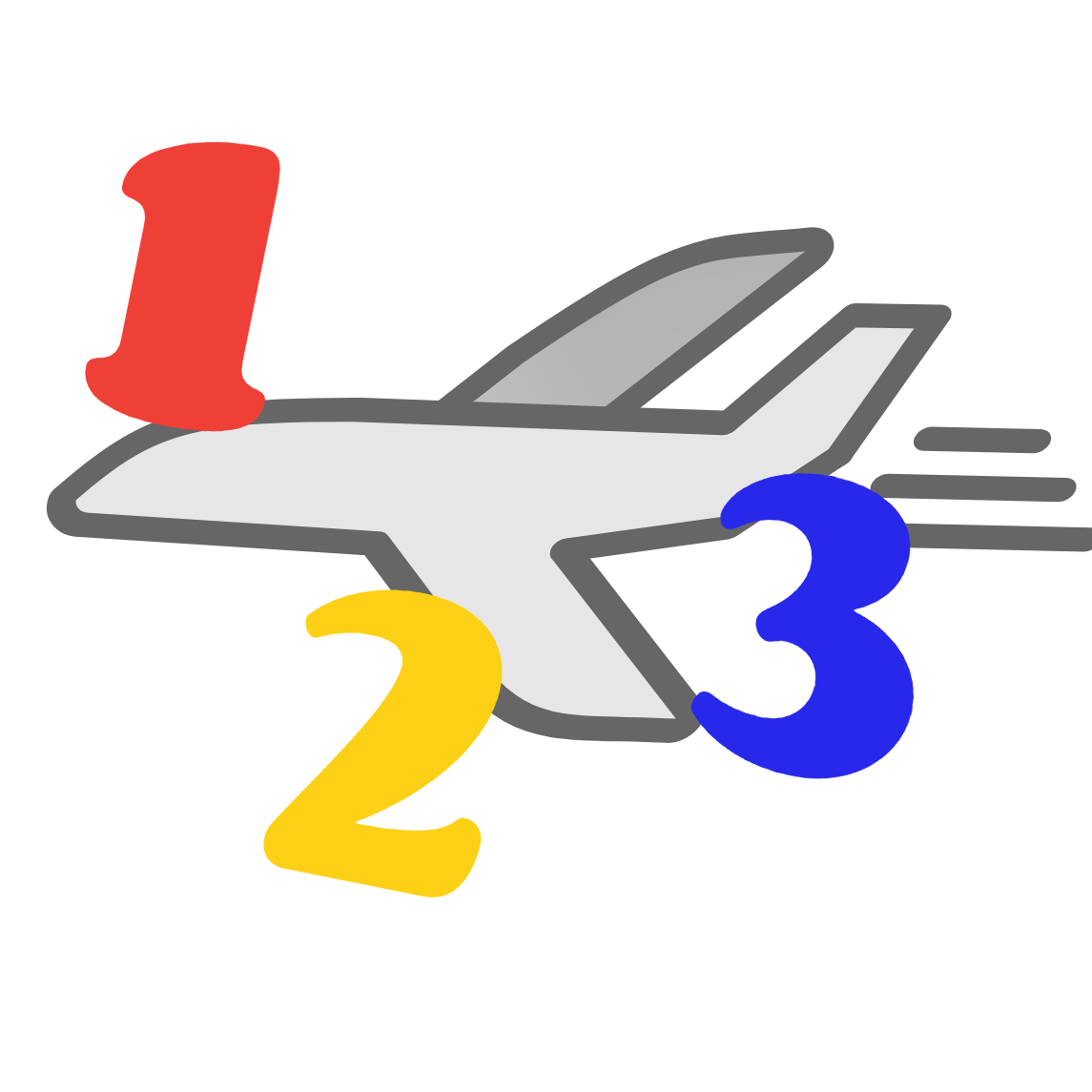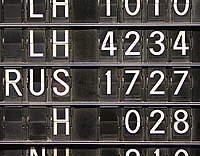I want to start to write something, so I chose an easy small topic today.
I'm going to talk about those NUMBERs associated with aircraft.
I'm going to talk about three different numbers for aircraft.
- MSN (Manufacturer Serial Number)
-
Registration Number
-
Flight Number
- MSN (Manufacturer Serial Number)
- Registration Number
- Flight Number
1. MSN (Manufacturer Serial Number)
This number is for manufacturer to recognize each aircraft in their production line.However, you cannot tell the aircraft by the MSN if you don't know what manufacturer and what type it is.
There are still some interesting information you can find out by this number.
1. You can see how many aircrafts have been produced by the newest MSN.
2. You can roughly see how old an aircraft is by comparing MSN.
3. You can track history of specific aircraft (such as previous owner) by MSN.
It's useful for manufacturer, and it's necessary for engineer to maintain the airworthiness.
There is also a similar number for high priced components.
Normally, an aviation component should have a part number which indicate what part/component it is.
For the high priced or life limited components, they have another number called serial number, so the engineer can track the life time, flight hour, flight cycle etc for specific component.
2. Registration Number
(Figure from: https://en.wikipedia.org/wiki/Aircraft_registration)As I said, MSN is for engineering side, then registered number is for regulation side.
Because aircraft is very high price and special to society, it's important to manage aircrafts by national government.
I always tell people that you can see the aircraft as a person (or legal person). The nation where an aircraft registered in have several rights and obligation on this aircraft.
Generally, the aircraft could be recognized as an extension of the nation where it registered.
For example, in Air France Flight 8969, even the aircraft was parked and hijacked in Algeria, French president should have the right to decide what action the Algeria military could take on this aircraft.
(ref. https://en.wikipedia.org/wiki/Air_France_Flight_8969)
The registration number is like a passport number or an ID number for an aircraft.
The government shall know how many aircrafts in their nation and what's going on for them.
That's an important reason why the MRO should apply for many countries' part 145 certificate, and why mechanics want to have different part 65, 66 certificate.
If you want to do something on an aircraft, you shall follow the regulation of the nation where the aircraft registered in.
3. Flight Number
(Figure from: https://en.wikipedia.org/wiki/Flight_number)This number only indicates a flight route of an airline.
It' especially useful for air traffic control.
In flight number, people can get the information about what airline the aircraft belongs to, what day and what time for this flight, and what's the route(how it flies from departure airport to arriving airport.)
However, you can not tell which specific aircraft it is by flight number, because the airline could change aircrafts of a specific flight number for deploying matters.
The operator (airline) should apply for a flight number through National Aviation Authority, and those information can be passed to pilots, air traffic controllers and airports.
So next time if you take a flight with the same flight number, don't misunderstand that you're taking exactly the same aircraft as last time. The aircraft you took last time maybe is taking a break in MRO for heavy maintenance.


_(5481514185).jpg/220px-JAL_B747-400(JA8089)_(5481514185).jpg)

No comments:
Post a Comment